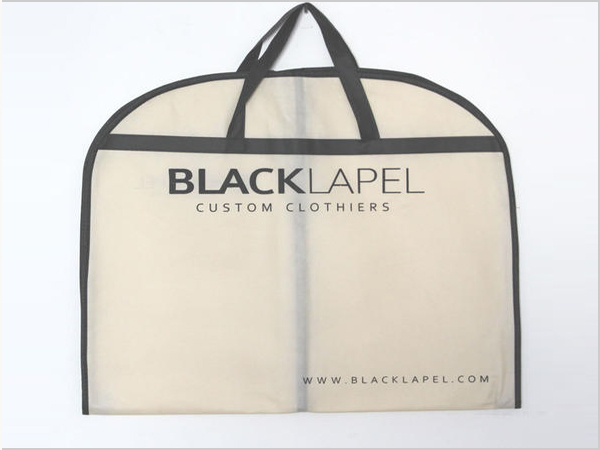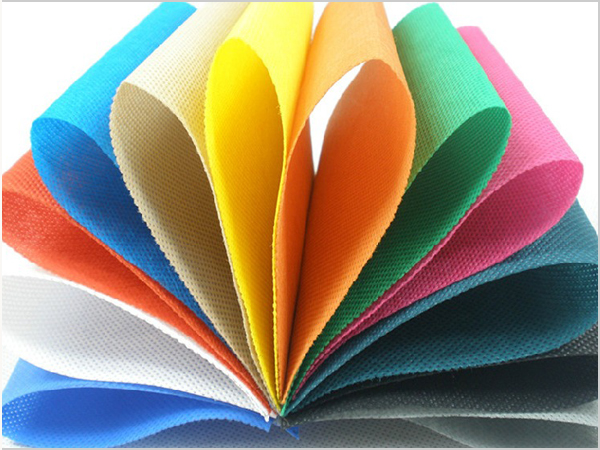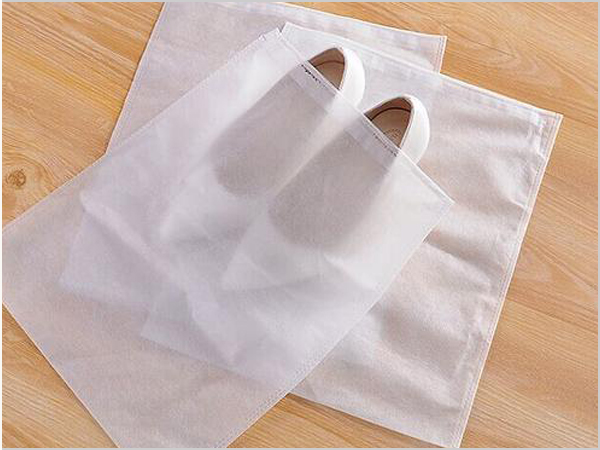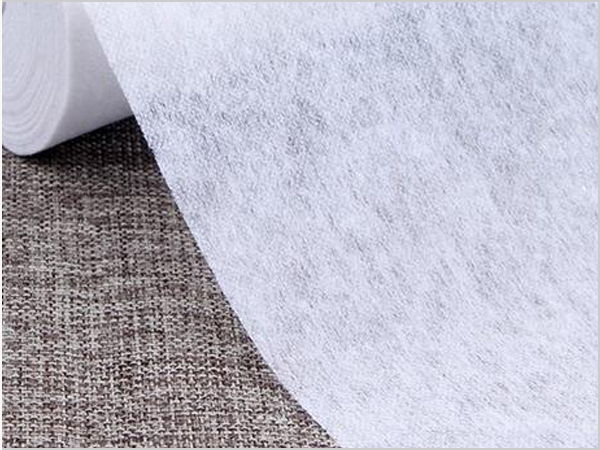- Why can spunbond nonwoven fabric dominate the market?
- Foreign trade exports are moving forward under pressure, with both resilience and challenges coexisting
- Explore the environmental protection characteristics and application fields of PP non-woven fabric
- The rise of the Latin American market is expected to become a new growth pole for China's textile foreign trade
- The production process of spunbond nonwoven fabric determines its unique characteristics!

- Telephone: 0551- 66779966
- Cellphone: 18955130444
- Email: 58792982@qq.com
- Address: Building 1-2, East of Wubu Village Section, Hehuai Road, Wushan Town, Changfeng County, Hefei City, Anhui Province
The Ministry of Industry and Information Technology (MIIT) held the seventh press conference on "The Development of Industry and Information Technology in the New Era" on Thursday, with the theme of "Promoting the variety, quality and brand creation of consumer goods industry". At the press conference, Cao Xuejun, a first-class inspector of the consumer Goods Industry Department of the Ministry of Industry and Information Technology, said that China's textile industry has made breakthroughs in a large number of key technologies in the fields of fiber materials, textile equipment, green manufacturing and other fields, and the autonomous and controllable ability of the textile industry chain continues to strengthen.
In recent years, the international industrial pattern has undergone profound changes, and the textile industry has achieved success in consolidating its industrial competitive advantages. Xue-jun cao said, China is the world's largest producer and exporter of textile and apparel, consumer, has a complete industrial chain advantage, science and technology innovation from "to run and run" into "and run, leading" stage, digital and accelerate green transformation, applications continue to expand, industrial competitiveness improved continue to consolidate.
1) Our strength in scientific and technological innovation continued to grow. Collaborative innovation mechanism perfecting textile industry chain, the enterprise r&d spending continues to strengthen, the industry built 2 state-level manufacturing innovation center, state key laboratory of six, 81 state-level enterprise technology center, innovation institutions, such as in the fiber, textile equipment, green manufacturing and other fields broke through a large number of key technologies, the textile industry chain continues to enhance its capability of controlled independently.
Second, remarkable results have been achieved in reforming the mode of production. The application of digital and green technology has promoted the transformation of textile production mode. The digital cotton spinning production line has reduced the number of cotton spinning workers from 60 to 15. The chemical fiber intelligent factory has realized the digitalization of the whole process of raw material conveying, process control, automatic winding and packaging and even storage. A number of green factories and green supply chains have been built, and textile production has changed from mass production to personalized flexible production, meeting the needs of small batch, multi-variety and timely.
Third, industrial applications have been expanded. In addition to meeting the basic needs of people's livelihood such as clothing and household use, the textile industry is expanding in industrial application fields. Industrial textiles are widely used in medical and health care, environmental protection, geoarchitecture, aerospace and other fields. Industrial textiles such as space suits and deep-sea cables play an important role in key national projects. Especially during the COVID-19 pandemic, the production capacity of industrial textiles, such as masks and protective clothing, has expanded rapidly, making an important contribution to global epidemic prevention and control. In 2021, industrial textile fiber processing volume was 19.35 million tons, nearly double that of 2012, accounting for one third of the total fiber processing volume.
Fourth, international cooperation has reached a new level. The textile industry is actively making use of the Belt and Road Initiative, RECP and other mechanisms to build a mutually beneficial and win-win industrial cooperation system and explore diversified markets. In 2021, the total exports of textiles and clothing reached a record high of US $315.5 billion, accounting for more than 30 percent of the global exports of similar products. Since 2012, the textile industry has invested more than US $11 billion overseas in various links of the industrial chain such as chemical fiber, spinning and weaving, and apparel. It has strengthened production capacity cooperation with Southeast Asia, Africa and other regions, and established a diversified and flexible supply chain.
In the next step, we will implement relevant policies and plans, continue to promote collaborative innovation in the industrial chain, accelerate the transformation and upgrading of high-end, digital and green industries, better meet and create new consumer demand, and continue to consolidate and enhance the competitive edge of the industry.
In recent years, China's brand construction has achieved remarkable results. Especially, the rise of China Tide brands is popular among consumers, and the consumption of clothing shows a trend of personalization, differentiation and facilitation. The textile industry continues to strengthen brand building to meet differentiated consumer demand. Cao Xuejun introduced that with the continuous development of economy and society, consumers' personalized, differentiated and diversified consumption needs continue to expand, which has become the main trend of consumption upgrading. In order to meet the differentiated consumption needs, the textile industry has mainly carried out the following work:
One is to develop functional fiber materials. In the 12th Five-Year Plan, 13th Five-Year Plan and 14th Five-Year Plan, we worked together with relevant departments to formulate and issue the development guidelines for chemical fiber, support the development of differentiated, functional and high-performance fiber, release the trend of Chinese fiber, and guide the collaborative innovation of fiber and industrial chain. At present, chemical fiber accounts for more than 85% of textile materials. Functional fiber materials such as conductive intelligence, ecological bacteriostatic, functional insulation, quick drying and cooling, and green fiber are being promoted in competition, which enriches consumers' choice of diversified functional textiles.
Second, we will foster new forms and models of industry. We will promote the in-depth application of big data, artificial intelligence, industrial Internet and other information technologies in the textile industry, develop three-dimensional anthropometric measurement and virtual fitting systems, and textile intelligent design and manufacturing systems, promote new models of large-scale personalized customization, and segment consumption scenarios to strengthen category innovation. We will support enterprises in developing online and offline full-domain marketing, and use live-streaming and other means to conduct precise promotion directly to consumers, so as to meet consumers' personalized, convenient and diversified consumption needs.
Third, promote the construction of national fashion brand. We will continue to track and cultivate textile and apparel brands, organize pilot demonstrations of textile and apparel creative design parks, support various localities and industries in holding fashion weeks and design competitions, promote the inheritance and innovation of textile intangible cultural heritage, and enhance brand cultural confidence. At present, domestic brands occupy the main position in domestic textile and apparel consumption. The proportion of original fashion brands in brand consumption is rapidly increasing, and the awareness, reputation and influence of domestic textile and apparel brands continue to increase.
Going forward, we will continue to promote supply-side structural reform as the main line, focus on the implementation of the "three products" strategy, and foster new forms and models of business to effectively meet people's consumption upgrading needs.
- Why can spunbond nonwoven fabric dominate the market?
- Foreign trade exports are moving forward under pressure, with both resilience and challeng
- Explore the environmental protection characteristics and application fields of PP non-wove
- The rise of the Latin American market is expected to become a new growth pole for China's
- The production process of spunbond nonwoven fabric determines its unique characteristics!
- The global trade landscape is undergoing significant changes in 2025
- The 11th China International Silk Conference was held in Shengze
- What are the core advantages of spunbond nonwoven fabric?
- What are the magical aspects of the manufacturing process of spunbond nonwoven fabric?
- The textile industry is enjoying dual policy benefits



